Houle, M., Ducas, J., Lardon, A., Descarreaux, M., Marchand, A.-A. et Abboud, J. (2023). Headache-related clinical features in teleworkers and their association with coping strategies during the COVID-19 pandemic. Frontiers in Public Health, 11 . Article 1303394. ISSN 2296-2565 DOI 10.3389/fpubh.2023.1303394
Prévisualisation |
PDF
Disponible sous licence Creative Commons Attribution Non-commercial. Télécharger (945kB) | Prévisualisation |
Résumé
Abtract
Objectives
The objectives were (1) to describe and compare headache-related clinical features between teleworkers with migraine and those with tension-type headache (TTH) and (2) to determine the association between coping strategies and headache frequency, and intensity in the context of the COVID-19 pandemic.
Methods
This cross-sectional online survey was conducted with 284 teleworkers (127 with migraine and 157 with TTH). Sociodemographic data, information related to work factors, headache clinical features, coping strategies used during the COVID-19 pandemic, and headache-related clinical features were compared between headache profiles. Bivariate logistic regression analyses were used to determine the association between coping strategies and headache frequency, and intensity.
Results
Results showed that teleworkers with migraine had longer and more painful headache episodes than teleworkers with TTH (ps < 0.001). Higher migraine frequency was associated with the use of the denial coping strategy (p = 0.006) while lower migraine intensity was associated with planning (p = 0.046) and the use of positive reframing (p = 0.025). Higher TTH frequency was associated with the use of venting, self-blame, and behavioral disengagement (ps < 0.007) while higher TTH intensity was associated with substance use and behavioral disengagement (ps < 0.030). All associations remained significant after adjusting for BMI as a covariate.
Discussion/conclusion
Teleworkers with migraine had more intense and longer headache episodes than teleworkers with TTH. This could be explained by the fact that a greater proportion of individuals suffering from migraine experienced headaches prior to the beginning of the pandemic compared with teleworkers suffering from TTH. Regarding coping strategies, both primary headache profiles were associated with different types of coping strategies. Most of the coping strategies associated with headache frequency or intensity were maladaptive except for planning and positive reframing that were found to be inversely associated with migraine intensity.
| Type de document: | Article |
|---|---|
| Mots-clés libres: | Teleworkers Working from home Primary headache Coping strategies COVID-19 |
| Date de dépôt: | 08 avr. 2024 12:59 |
| Dernière modification: | 08 avr. 2024 12:59 |
| Version du document déposé: | Version officielle de l'éditeur |
| URI: | https://depot-e.uqtr.ca/id/eprint/11235 |
Actions (administrateurs uniquement)
 |
Éditer la notice |


 Statistiques de téléchargement
Statistiques de téléchargement Statistiques de téléchargement
Statistiques de téléchargement